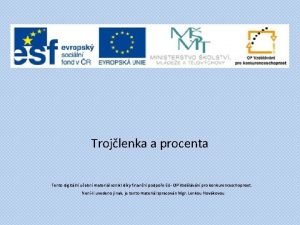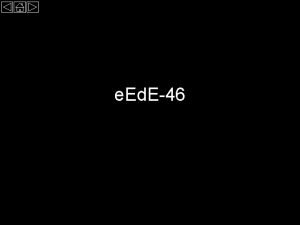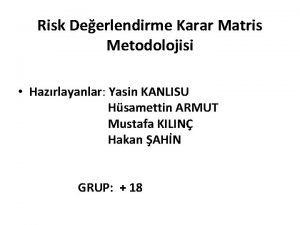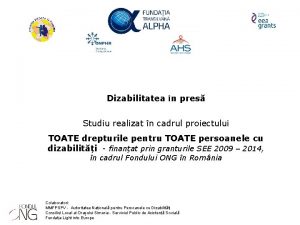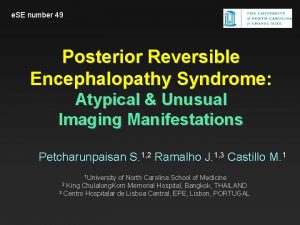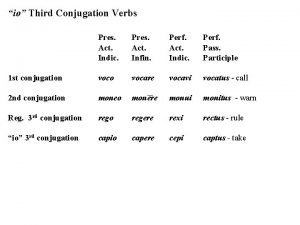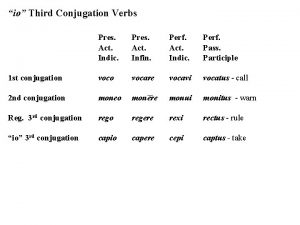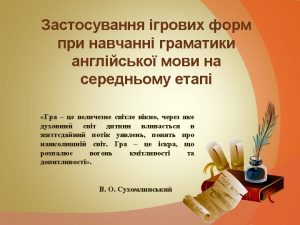Matching Pres 7 Matching Purpose of matching Determine











- Slides: 11

Matching Pres. 7

Matching Purpose of matching Determine enumeration status 1. 2. 3. 4. Correct enumeration Erroneous enumeration Missed in census Enumerated in both E- and P-sample

Matching (contd. ) Basic process of matching q Matching carried out in two phases n Phase 1 – strict rules to result in o o n Obvious matches Possible matches Phase 2 – possible matches are re-examined using relaxed rules to determine o o Matches Field follow-up to obtain more information to resolve match status

Matching Operations q Matching can be done by computer, manually or both q Basic process involves comparison of addresses, names & demographic characteristics q Housing units & persons enumerated in a census are compared with those enumerated in the PES q Computer matching can first involve scanning of questionnaire & installation of a matching software q Computer matching ensures speed and objectivity using matching algorithms

Steps Followed in Matching Housing Unit Match q Identify Search areas – good knowledge of geography of the country and having good maps to work with q Phase 1 matching to determine n Obvious matches n Possible matches q Phase 2 matching to determine n Matches with relaxed rule n Field follow-up to obtain more information to resolve match status

Steps Followed in Matching (contd. ) Person matching q Identify E-sample persons with sufficient information eligible for matching q Identify Search areas – good knowledge of geography of the country and having good maps to work with q Phase 1 matching to determine n Obvious matches n Possible matches q Phase 2 matching to determine n Matches with relaxed rule n Field follow-up to obtain more information to resolve match status

Matching Rules q Need for documentation of detailed matching rules q In developing the rules consideration must be given to the possibility of making erroneous matches and erroneous non-matches q If rules are relaxed and made flexible more matches and fewer non-matches may be possible-possibility of increasing erroneous matches q Put in place a system that minimizes net error

Matching Rules (contd. ) q Matching rules specify characteristics, e. g. age, sex, name etc. q Specifying some tolerance ranges, e. g. for age - this allows for limited misreporting q Ranges can vary according to characteristics q Care not to increase gross matching error (erroneous matches + erroneous non-matches) while minimizing net matching error

Reconciliation Visits q Helps to identify erroneous census enumeration q Good training of field staff essential q Follow-up directed to no-matched persons and households q Resolution of doubtful cases and definitive match status for every P and E sample element For persons in census records and not in the PES reconciliation helps to: q Determine whether such persons were usual residents as of census date or whether they were erroneously enumerated

Reconciliation Visits (contd. ) For persons appearing on PES list but not on census records, reconciliation helps to: q Confirm whether such persons were usual residents as of census date (non-movers or out-movers) or q Whether they arrived or were born after census (inmovers) q Collect additional information to determine the final match -to confirm whether such persons were residents of particular households as of census date

Thank You!
